Suicide is a major health problem facing our country. It’s the tenth leading cause of death in adults, and the second leading cause of death in young people ages 10-24. It’s a tragic end point to what most professionals believe is a temporary situation.
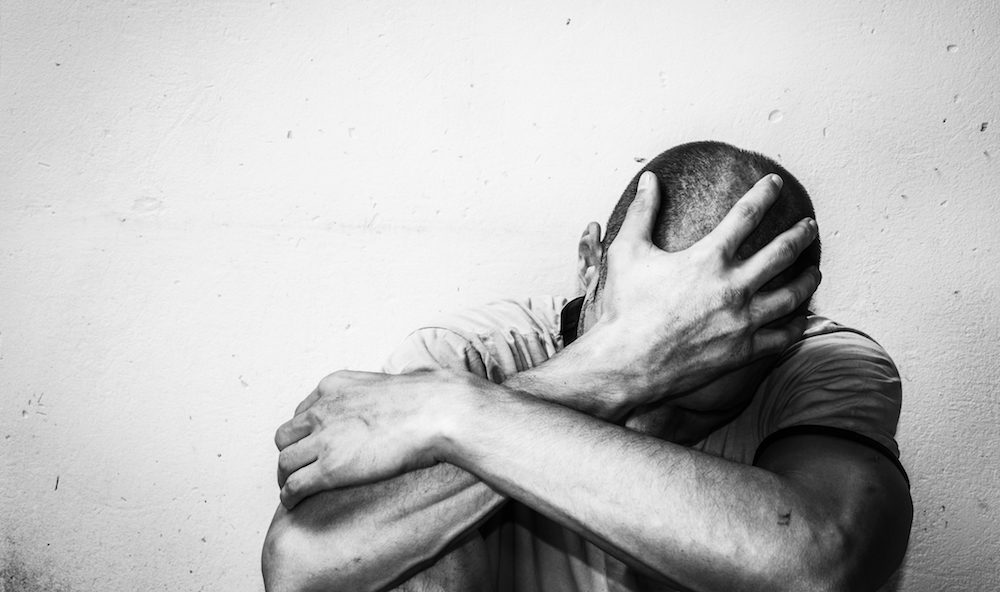
Mental illness, addiction disorders and behavioral problems are all conditions that can affect the way a person experiences life, often negatively influencing ones’ ability to navigate the ups and downs we all face. There are many disorders covered under the large umbrella of mental illness, including bipolar disorder, dementia, anxiety, drug abuse, addictions and depression, to name a few.
Recent data released by the Centers for Disease Control show a slight decrease in suicides in 2018, a drop of about .03% per 100,000 people, the first such drop in the steady uptick in cases in more than 15 years. However, the pandemic may skew things upwards again and it’ll be years before we know exactly how (and if) the virus has had a meaningful impact on suicide rates.
Risk Factors
It is widely recognized that mental health and/or substance use disorders are the most significant risk factors for suicidal behaviors. Additionally, the pandemic, socioeconomic changes, a sudden stressful life event or access to firearms may increase the risk of suicide.
“Often substance abuse is a form of self-medicating for emotional pain. Substances can help numb pain and [provide} escape from reality for a period of time, but the problems don’t go away. Addiction is an unhealthy and destructive choice to deal with and mask an underlying issue such as depression or anxiety.” said Anthony Ferretti, PhD, a Melbourne psychologist, author and recognized subject matter expert on relationships.
Nationally, the suicide rate increased 25.4% from 1999 to 2017. In 2018, 48,000 people in the U.S. died by suicide. Men were 3.5 more likely to die by suicide than women, with white males accounting for 69.7% of all suicides.
The Florida Department of Health reported 3,427 suicides in Florida, 137 in Brevard County alone. Over a year, from October 2019 to October 2020, the local suicide hotline 211 Brevard logged some 60,000 calls, with 18% identified as mental health or addiction related.
“From our experience, white males make up the greatest percentage of those committing suicide, followed by African Americans and Hispanics,” stated Sheriff Wayne Ivey, who heads the Brevard County Sheriff’s Office (BCSO).
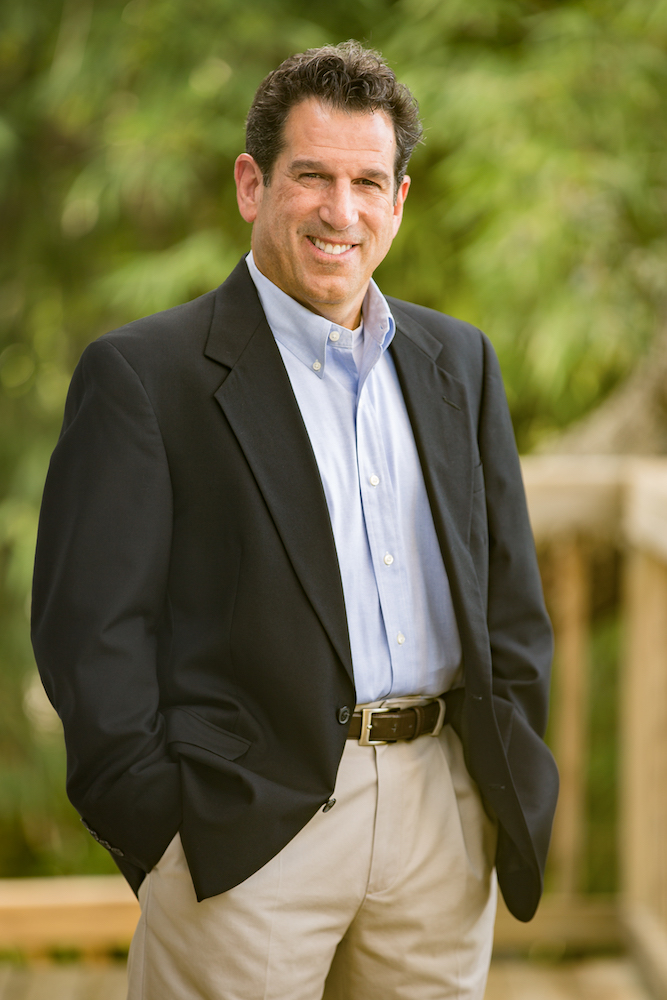
Widely chronicled, societal and traditional male gender roles discourage emotional expression and encourage “toughing it out” for men, who largely shoulder their worries in silence, worrying privately about work stressors, financial or legal issues, military service or the breakdown of an important interpersonal relationship. They are more likely to self????medicate, with a mental illness going undiagnosed or properly treated.
“In general, men are more likely to die from suicide, while women are more likely to a make a suicide attempt and live. It is a complex and multi-causal act and much of the intervention needs
to be tailored to individual issues,” said Ferretti.
The Bully Factor

Suicide is the second leading cause of death, after accidents, among people ages 10-24, as it has been for many years. The ‘tween and teen years can be a challenging stage of life. So much personal development is learned through how we handle all aspects of life experiences outside the home.
“Depression and other mental illnesses are without question the leading cause of suicide [in Brevard]; however, bullying can also be a factor in teen suicides.” said Sheriff Ivey.
Mental health awareness has seen a big push and has helped students with coping skills and how to properly manage daily influences. In 2019, legislators mandated that public school districts offer a minimum of five hours of mental health instruction for grades 6-12. Each district was given the latitude to create its own program, but all programs had to cover signs and symptoms of mental illness, how to engage peers who are struggling with mental health disorders, understanding the process for seeking or getting help and awareness on available resources.
Locally, COVID has stalled face-to-face volunteer mentor programs in local schools, making the BCSO’s educational programs more valuable, said Ivey.
“We provide presentations to students in our schools aimed at the prevention of bullying and strategies for students impacted by bullying to respond in a healthy manner.”
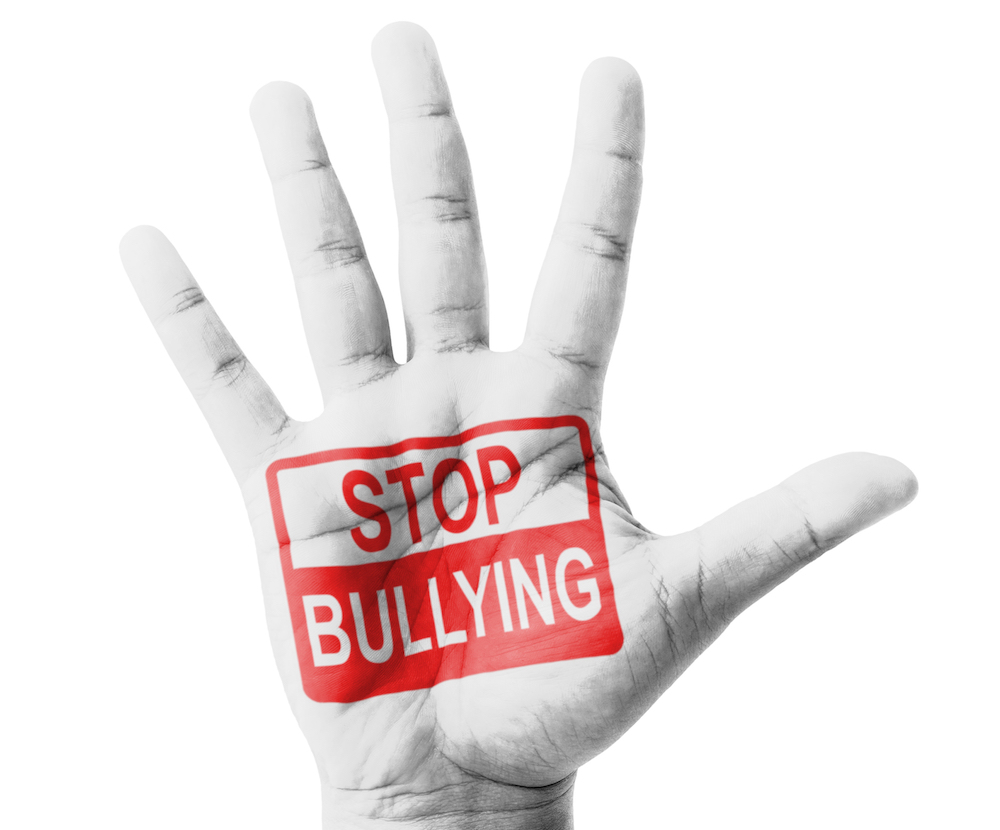
Isolation
Complicating matters further for some students is the isolation caused by the pandemic. When the pandemic first struck, students were forced to attend class through online platforms. Many did not resume learning in the classrooms when the state lifted the ban on in-person learning.
“What I’ve seen are those who struggle socially, have chosen e-learning as a way of coping. That is sometimes helpful, as they can focus on academics without the stress of high school peer pressure,” said Janet Taylor, an AP Research and English Teacher at Merritt Island High School for over 23 years.
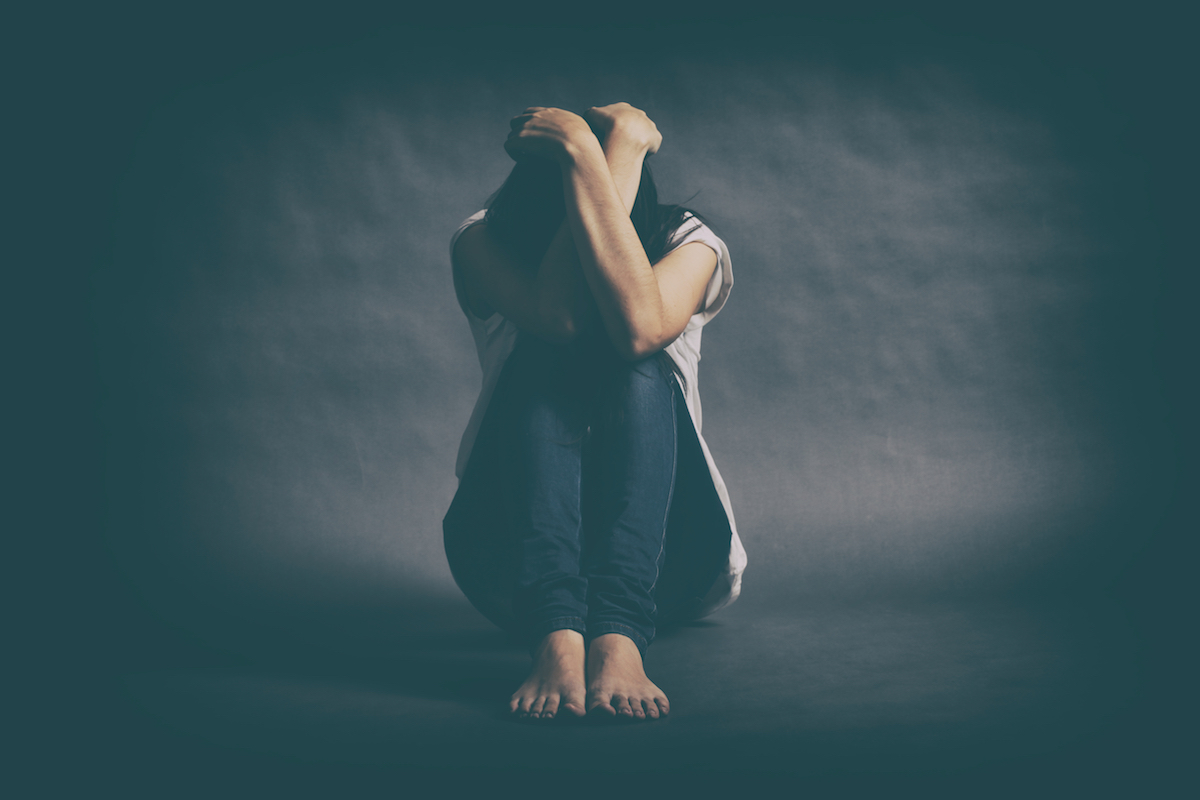
“I do worry however, about those that are struggling with e-learning and that it might be actually making their social interactions worse, because they’re not working through the normal growing pains of being a teenager,” she added.
Suicide is Often Preventable
We can all help prevent suicide by engaging in difficult conversations with someone we may be concerned about. Becoming an active listener and accessing risk factors of someone you think may be considering suicide may seem advanced, but it’s important to recognize social changes in our day-to-day relationships. “We can provide a listening ear, validate their feelings and point them in the right direction for help. You can offer a safe place to stay connected and give them hope while encouraging them to seek help for their mental health issues,” explained Ferretti.
While we’ve identified the top two groups of people most likely to commit suicide, no one is really immune. Understanding the complexity of suicide can help prevent it. At its core, suicidal ideation is having thoughts about wanting to take your own life, or thinking about suicide. Specifically, there are two types of suicide ideation – passive and active. Passive ideation is talking about suicide, while active suicide ideation is the next level where you’re planning to take your own life.

“First and foremost, we partner with 211 Brevard as a community resource for suicide prevention or those with depression and other potential suicidal tendencies,” said Ivey.
211 Brevard is an accredited partner in a national network of crisis centers that has served our community for over 40 plus years,” said Libby Donoghue, Executive Director of 211 Brevard. The telephone-based health line provides a variety of resources to callers, from those who are in crisis to how to find a COVID 19 testing site in Brevard. Trained crisis counselors and helpline specialists are available to provide emotional assistance to those in need of services and support 24 hours a day, seven days a week.
The Cost of Suicide
The emotional toll on friends and family who have lost someone to suicide is significant and can’t be quantified. They know all too well that a death is difficult enough but losing someone to suicide can be particularly painful due to the stigma associated with suicide and mental illness.
“Losing a family member can make you feel meaningless and you have to do the personal work to try and understand it. I do believe it is important to work at forgiving them and by sharing your experience so you can help others, too,” said Shelly Shapiro, a massage therapist who lost her father to suicide years ago.
There is an economic toll caused by suicide as well, which includes medical costs for individuals and families, and lost productivity for employers. According to the Suicide Prevention Resource Center, the average cost of a single suicide was $1,329,553 in 2013, with the lion’s share (97%) attributed to lost productivity; the total cost of all suicides in that year, including suicide attempts was about $93.5 billion, staggering losses in the personal and professional realms.
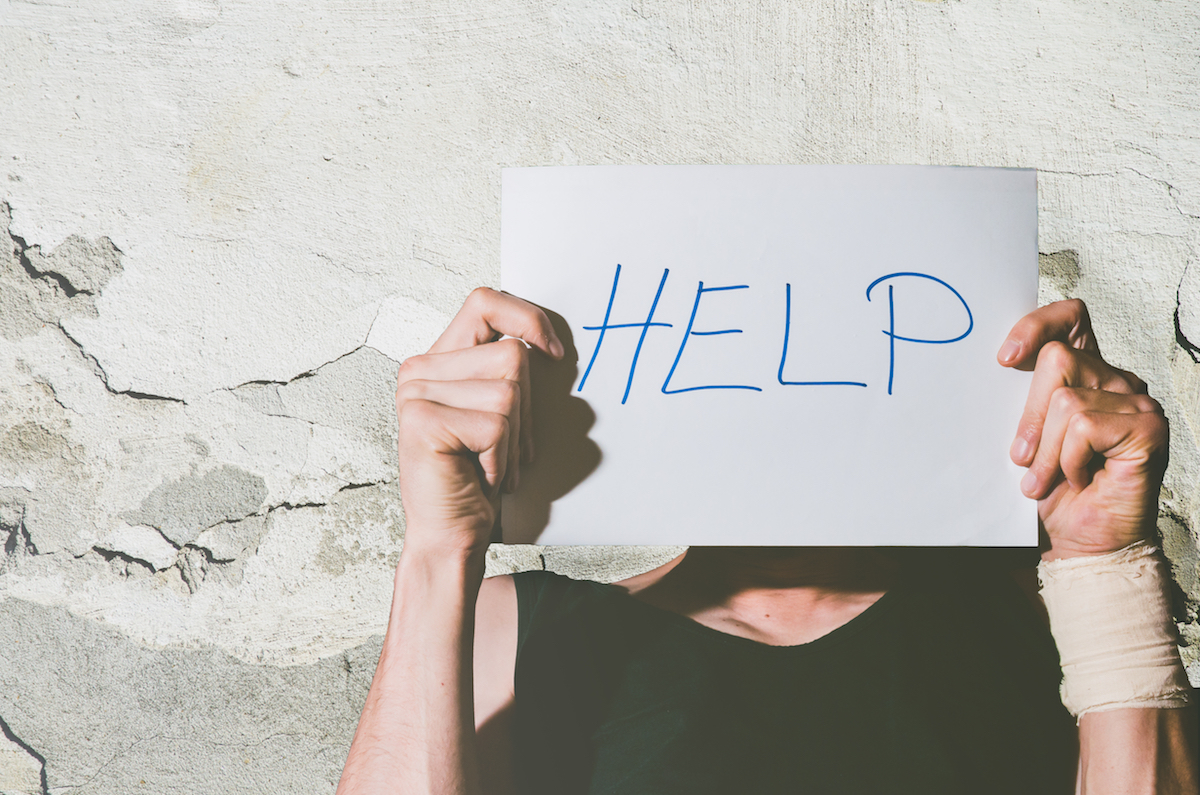
Many researchers believe with better screening and identifying who’s at risk for suicide sooner, we will begin to see a reduction in suicide rates over time.
Awareness is key when hoping to help a suicidal person and recognizing the warning signs, while considering their specific needs. Always take threats seriously and listen without judgement. IF YOU ARE CURRENTLY EXPERIENCING A MENTAL HEALTH CRISIS, please call 211 or 800- 273-TALK day or night to speak with a trained crisis counselor. Suicidal crises are almost always temporary, and you never need to feel like you are alone.

Kelly Collazo Camirand
Kelly Camirand grew up in the 321 and owns Executive & HealthCare Promotions, Inc., a boutique public relations and market development agency serving the medical, legal, sports, not-for-profit, arts and fashion industry.




